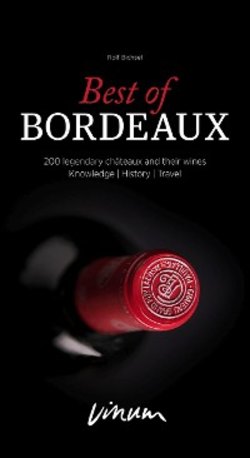Читать книгу Best of Bordeaux - Rolf Bichsel - Страница 12
Оглавление12
History Fact and fiction
winemaking terroir for the Romans, rather than the sandy and gravelly river
sediment on the left bank of the Garonne to the north and west of the city where
the Romans probably grew their vines, or the scree to the south which Bordeaux
locals planted from the 16th century. And least of all on the gravel hilltops of
the Médoc, which only became accessible all year round once Dutch engineers
had drained the surrounding marshes using a sophisticated system of channels
and sluices. But even so, Saint-Emilion and Pomerol, whose winemaking his-
tory apparently has Roman roots (the name is a reference to fruit cultivation,
with ‘poma' meaning apple but also fruit in general, so why not grapes?), stood
at the gates of the city of Libourne, which failed to rival Bordeaux despite its
small port. Rural Libourne thus produced wine primarily for personal use until
the mid-18th century.
In fact, the ditches and furrows which the Romans supposedly carved out of
the limestone rock to facilitate the rooting of their vines (as mentioned in nu-
merous scholarly books) have been shown by recent research to date from the
18th century. Furthermore, scholars have long been arguing about the location
of the remains of the grandiose Villa Lucaniacus belonging to Roman statesman
and poet Ausonius. But they are hardly likely to be slumbering in Saint-Emilion
and are thus of no use as proof of the wonderful wines which the town is sup-
posed to have already been producing at the time.
Arnaud II. de Pontac
